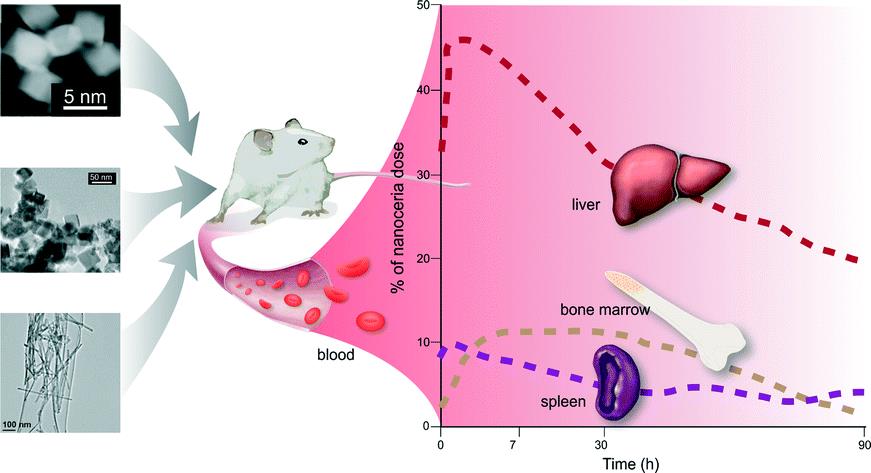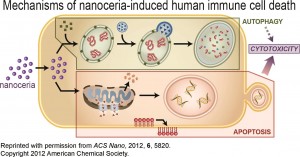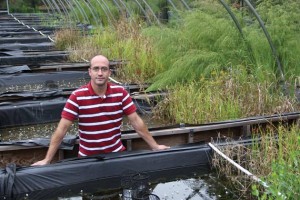Following our recent entry regarding the 9th International Conference on the Environmental Effects of Nanoparticles and Nanomaterials (Nano2014), we proudly present the award winners of this inspiring conference.
This year, the conference was held from September 7th –11th in Columbia, South Carolina, and the awards were jointly granted by Environmental Chemistry and Environmental Science: Nano.
With no further delay, let’s introduce the names of the winners!
Best Poster: Daniel Starnes (University of Kentucky)
Silver Nanoparticles, they get better with ageRunner up: Seyyedali Mirshahghassemi (University of South Carolina)
Separation of oil from wastewater using iron oxide nanoparticlesBest Oral Presentation: Maryam Khaksar (University of South Australia)
In situ study of the chemical transformation of surface functionalized silver nanoparticles along the water-sediment continuumRunner up: Van Ortega (University of Alberta)
The effects of nanoparticle exposures on the phagocytic capacity of immune cells
Congratulations to all of the winners! The judges of the prize thought the quality of the presentations were really high and, from the Environmental Science: Nano team, we would like to thank all the students that attended or presented at the meeting.
To mark this special occasion, Environmental Science: Nano is proud to announce an exciting web collection that will gather together review articles, original research papers and communications covering topics discussed at the conference.
We welcome submissions from key research areas including but not limited to:
– Physical and chemical properties of nanoparticles as related to the environment and health
– Ageing and effects of fate and behaviour
– Toxicology and ecotoxicology
– Social and regulatory sciences
– Innovation and applications of nanotechnology to environmental and health issues
For more information on the scope of Environmental Science: Nano, our article types and author guidelines, please visit our website or contact us at esnano-rsc@rsc.org.
Please note that all submitted manuscripts will be subject to peer review in accordance to the journals high quality standards.
Submission Deadline: 18th December 2014
We hope to receive a manuscript from you or your group soon.














